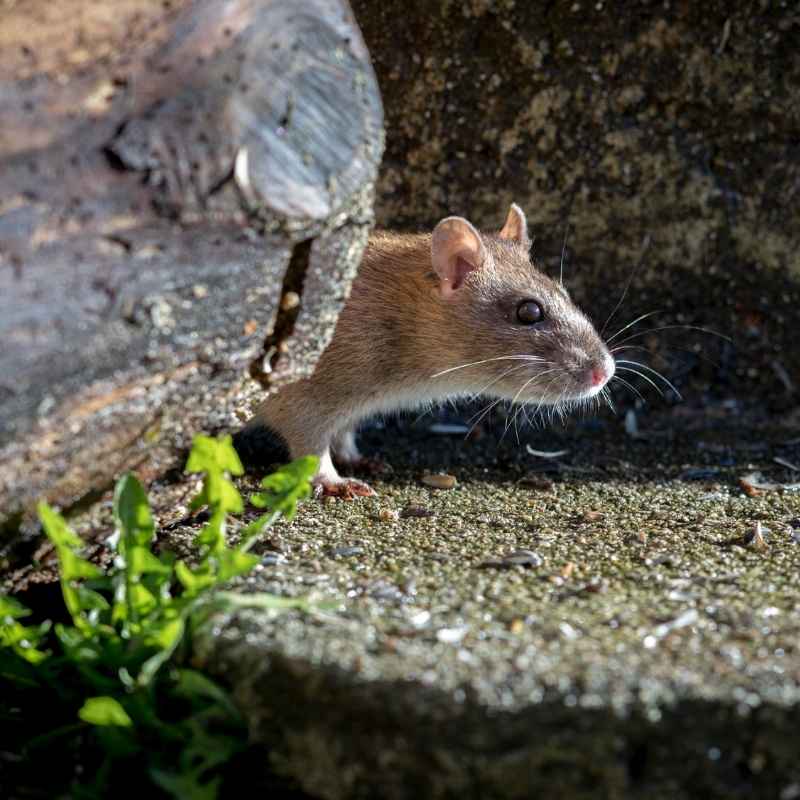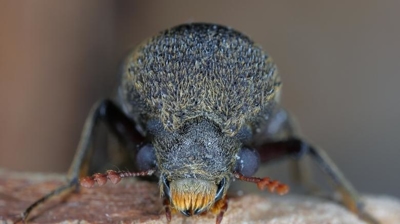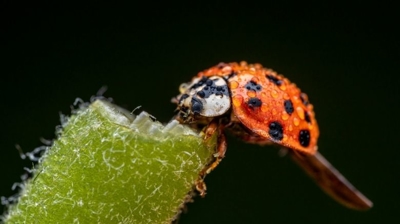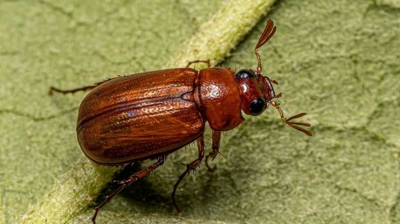
Norway Rat Control Services

Are Norway Rats Harmful?
Norway rats (Rattus norvegicus) are considered harmful in several ways due to their destructive behaviors, rapid reproduction, and ability to spread diseases. Here are some of the ways these rats pose a threat:
- Property Damage – Norway rats are notorious for their gnawing habits. They can chew through wood, plastic, wires, insulation, and even soft metals, leading to structural damage in homes and businesses. Their chewing on electrical wires poses a fire hazard.
- Burrowing and Structural Instability – Norway rats dig extensive burrows, which can undermine building foundations, sidewalks, and other structures. This can lead to costly repairs and, in extreme cases, compromise the structural integrity of buildings.
- Aggressive Behavior – While not typically aggressive toward humans, Norway rats can bite if cornered or threatened. Their bites can lead to infections and, in rare cases, disease transmission.
- Health Risks – These rats are known carriers of numerous diseases that can be transmitted to humans and animals, including leptospirosis, salmonellosis, hantavirus, and rat-bite fever. They can spread these pathogens through their urine, feces, and saliva, contaminating food sources and surfaces.
- Food Contamination – Norway rats frequently invade food storage areas, contaminating food supplies with their droppings, urine, and fur. This can lead to spoilage and the spread of foodborne illnesses, making them a significant problem in homes, restaurants, and food processing facilities.
- Rapid Reproduction – A single pair of Norway rats can produce hundreds of offspring in a year, leading to rapid infestations if not controlled. Their high reproductive rate makes them particularly challenging to eradicate once established.
- Impact on Wildlife – As an invasive species, Norway rats compete with native wildlife for food and habitat. They also prey on birds' eggs, amphibians, and other small animals, disrupting local ecosystems.
Given these risks, effective rat control strategies, such as exclusion, sanitation, and our professional rat control services, are essential to prevent and mitigate Norway rat infestations.
Learn more: Do Norway Rats Bite?
Norway Rat Control
Hiring our professional pest control for Norway rats is highly recommended because these rodents are not only difficult to eliminate but also pose significant health and structural risks. Here’s why:
- Expert Identification and Assessment: Norway rats are burrowing rodents that prefer lower levels of buildings, basements, and ground-level areas. Our professionals can distinguish them from roof rats, mice, and other pests, which is crucial for effective treatment. Our experts can determine the size of an infestation and its potential spread, something that is difficult to gauge accurately without experience.
- Safe and Effective Treatment: Norway rats are cautious and intelligent. Our professionals know which baits and traps are most effective while minimizing risks to children, pets, and non-target wildlife. Proper placement of traps and bait stations is essential; our professionals have the experience to position them where rats are most active. We use a combination of methods—trapping, exclusion, sanitation advice—to prevent reinfestation rather than relying on a single approach.
- Prevention and Exclusion: Our professionals can identify entry points—cracks in foundations, gaps in walls, vents, and drains—that rats use to enter buildings. We can also recommend or perform repairs that prevent rats from returning, which is critical because Norway rats are persistent and can squeeze through very small openings.
- Health and Safety Protection: Norway rats carry diseases such as leptospirosis, salmonella, and hantavirus. Their urine and droppings can contaminate food and surfaces. They can cause fires or electrical damage by gnawing on wiring. Our professional control reduces these risks significantly, which is difficult to achieve safely with DIY methods.
- Long-Term Cost Savings: Improper DIY attempts often fail, allowing the infestation to grow. Our professional intervention addresses the root cause and prevents damage to property, which ultimately saves money compared to repeated DIY efforts or repairs after damage occurs.
Norway rats are smart, adaptable, and potentially dangerous. Our professional pest control ensures safe, effective removal and long-term prevention, protecting both your health and property.
Learn more: How To Get Rid Of Norway Rats
What Do Norway Rats Look Like?
Norway rats, scientifically known as Rattus norvegicus, are medium to large-sized rodents with distinctive physical characteristics. Here is what Norway rats look like:
- Size: Norway rats are relatively large compared to many other rodent species. An adult Norway rat typically measures between 7 to 10 inches (18 to 25 centimeters) in length, not including their tail.
- Body Shape: They have a robust and stocky body with a thickset appearance. Their body is cylindrical in shape and covered in fur.
- Fur Color: Norway rats typically have brown or grayish-brown fur. The exact shade can vary, but it's generally a mottled brownish-gray color. The fur is relatively coarse.
- Tail: One of the distinguishing features of Norway rats is their scaly tail. The tail is shorter than their body, typically measuring 6 to 8 inches (15 to 20 centimeters) in length. It is scaly, almost bald, and has a uniform color.
- Head: Norway rats have a blunt and somewhat rounded snout (nose). Their ears are small and close to the head, and they are often covered with fine fur. Their eyes are also small, shiny, and black.
- Whiskers: Like most rodents, Norway rats have prominent, sensitive whiskers, also known as vibrissae, on their snout. These whiskers aid in their navigation and detection of objects and obstacles in their environment.
- Limbs: Their legs are relatively short but powerful, allowing them to be good climbers. They have sharp claws for digging and climbing.
- Weight: Adult Norway rats can weigh between 7 to 18 ounces (200 to 500 grams), with males typically being larger than females.
Norway rats are medium to large-sized rodents with a stocky, cylindrical body, brown or grayish-brown fur, a scaly tail, small ears, and a blunt snout. Their distinctive appearance, combined with their adaptability and burrowing behavior, makes them easily recognizable in various urban and suburban settings where they are commonly found.
Where Are Norway Rats Found?
Norway rats, also known as Rattus norvegicus or brown rats, are highly adaptable rodents that can be found in a variety of habitats, particularly in human-influenced environments. Here are some of the places where you might encounter Norway rats:
- Urban and Suburban Areas: Norway rats are commonly found in cities, towns, and suburban neighborhoods. They thrive in areas with easy access to food, water, and shelter. They often take up residence in buildings, sewers, and garbage storage areas.
- Commercial and Industrial Facilities: Warehouses, factories, and industrial sites can provide ideal conditions for Norway rats. These rodents are attracted to stored food products, shelter, and waste materials.
- Residential Areas: Norway rats can infest homes and residential structures. They may enter houses through small openings and cracks in walls and foundations, as well as through sewage pipes or drainage systems.
- Farms and Agricultural Settings: Agriculture offers a ready food supply for rats, with grain storage facilities and livestock feed providing attractive resources. Rats can cause substantial damage to crops and stored grains.
- Sewers and Drainage Systems: As their alternative name "sewer rats" suggests, Norway rats often inhabit underground sewer systems and drainage networks. These environments offer protection and a continuous supply of water.
- Parks and Green Spaces: In some cases, Norway rats can be found in parks and open areas, particularly if there are abundant food sources like trash bins or discarded food.
- Waterfront Locations: Coastal areas and riverbanks may host Norway rat populations. They are often called "wharf rats" because they are known to infest port facilities and areas near water bodies.
- Abandoned Buildings: Dilapidated structures, vacant buildings, and construction sites can become havens for Norway rats, as they offer shelter and safety for nesting.
- Dumpsites and Landfills: Landfills and garbage disposal sites are attractive to rats due to the abundance of discarded food and shelter among the refuse.
- Gardens and Orchards: In more rural or suburban areas, Norway rats may take advantage of the food supply in gardens, orchards, and compost piles.
Norway rats are opportunistic and can be found in a wide range of environments. They are particularly common in areas where they have access to food, water, and shelter, often making them unwelcome guests in urban and suburban locations, commercial settings, and even rural areas with ample resources. Effective rat control measures are necessary to manage and prevent infestations in these diverse environments.
What Do Norway Rats Eat?
Norway rats are omnivorous and highly adaptable in their diet. They will eat almost anything available, but they have preferences based on availability and nutritional value. Their diet includes:
- Grains and Seeds – They prefer cereals, rice, corn, and other grains, making them a major pest in agricultural and storage facilities.
- Fruits and Vegetables – They consume a variety of fresh or decaying produce, including berries, apples, carrots, and leafy greens.
- Meat and Protein Sources – They eat insects, small animals, fish, eggs, and even carrion if available.
- Garbage and Food Waste – Norway rats are notorious for scavenging in dumpsters, trash cans, and compost piles.
- Pet Food and Livestock Feed – They frequently invade pet food dishes, chicken coops, and livestock feed storage.
- Nuts and Legumes – Peanuts, almonds, and beans are also part of their diet when accessible.
- Human and Animal Carcasses – In extreme cases, they will resort to cannibalism or feeding on dead animals.
- Feces and Other Non-Food Items – In cases of starvation, they have been known to eat feces, soap, or leather.
Norway rats prefer high-protein, high-fat foods when available. They are opportunistic feeders, adapting to whatever is present in their environment. They tend to hoard food if they find an abundant supply. They are mostly nocturnal, feeding at night and avoiding human activity when possible.
Norway Rat Life Cycle
The life cycle of Norway rats (Rattus norvegicus) encompasses several stages, including reproduction, development, and aging. Here's an overview of the life cycle of Norway rats:
- Birth: The life cycle begins with the birth of rat pups. Female Norway rats typically give birth to litters that range in size from 6 to 12 pups, although larger litters are possible. Newborn rat pups are hairless, blind, and completely dependent on their mother for nourishment and care.
- Nursing and Weaning: The mother rat nurses her pups with milk for about three to four weeks. During this time, the pups grow rapidly, and their eyes open, allowing them to see. By the end of this period, they begin to explore their surroundings and start eating solid food.
- Juvenile Stage: As the young rats mature, they enter the juvenile stage. This period typically lasts from about four to six weeks after birth. During this time, they learn important social behaviors and foraging skills from their mother and siblings.
- Sexual Maturity: Norway rats become sexually mature at a relatively young age, usually at around 2 to 3 months old. Males are typically ready to mate slightly earlier than females.
- Reproduction: Female Norway rats can become pregnant shortly after reaching sexual maturity. Their reproductive cycles are short, typically lasting around 4 to 5 days. As mentioned earlier, they can produce multiple litters in a year, with an average of 4 to 6 litters annually.
- Adult Stage: After reaching sexual maturity, rats are considered adults. Their behavior becomes more focused on mating, foraging, and finding suitable nesting sites. They can live for about one to two years in the wild, but their lifespan can be longer in controlled environments.
- Aging and Decline: As rats age, they may experience a decline in health and physical condition. In the wild, predation, disease, and competition for resources often limit their lifespan.
- Death: Norway rats are subject to various threats throughout their lives, including predation by natural predators, disease, and human intervention through pest control measures. These factors contribute to a relatively short average lifespan.
Norway rats are known for their rapid reproductive rate and adaptability, which allows their populations to grow quickly under favorable conditions. This adaptability and high reproductive capacity have made them successful as a species, but it also makes them challenging pests in many urban and agricultural environments, where their populations can quickly become problematic if not controlled.

Hear From Our Happy Customers
-
"Very Knowledgeable"
The tech that arrived was courteous, professional, and very knowledgeable. He was Great.
- Uerial I. -
"Fantastic & Patient"
Jarvis was fantastic and patient. He answered my questions with an in-depth explanation and addressed all of my areas of concern. Would love for him to be my assigned tech going forward. Well done!
- Yonnette M. -
"Professional & Considerate"
I’m pleased with Miche services. Jarvis came today. Professional and considerate. Thank you!
- Judy B. -
"Great Communication"
Tech was on time, communication was great, and he accommodated my needs.
- Alonzo W. -
"Exceeds Expectations"
I can’t say enough positive things about this company... The tech that came out, Jarvis went above and beyond my expectations. Thank you guys, I will continue using your services.
- Jake M. -
"Wonderful Service"
Wonderful service. Jarvis is great. Took care of everything I needed. Thank you!
- Henry P.



